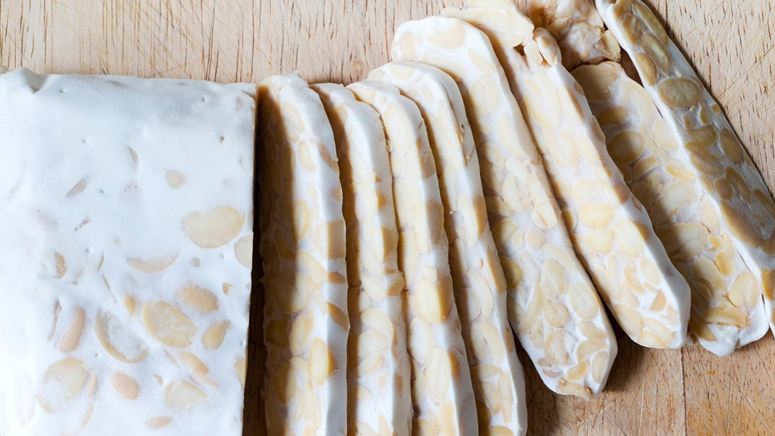Tempeh

Tempeh is a by-product of fermented soybean. It forms a thick patty with an earthy or nutty flavour similar to a mushroom. It was first observed in Indonesia. It is now used in every country as a substitute for high protein. After fermentation, it develops into a product with many nutritional benefits. Soybeans contain a high level of phytic acid, a compound found in plants that impedes the absorption of minerals such as zinc and iron. After fermentation, the level of phytic acid reduces, and the amount of minerals increases. Vitamin B12 is also added to the product after fermentation.
Kefir
Kefir is a type of fermented probiotic milk. A mixture of kefir grains and cow or goat’s milk will give you the drink. Kefir grains are often mistaken for cereal grains, but they are not the same. They are cultures of yeast and lactic acid bacteria. They also have similar features to cauliflower.
The term “kefir” was derived from the Turkish word “keyif,” which means feeling great after eating. Kefir has several positive effects on the body. For example, it can strengthen the bones, fight infections and treat digestive disorders.
While yoghurt is the most popular source of probiotic food in the Western diet, kefir contains higher levels of beneficial bacteria. Kefir possesses multiple forms of good yeast [2] and bacteria. For this reason, it is more diverse and potent than yoghurts. If you are lactose-intolerant, you don’t have to worry about consuming kefir.













